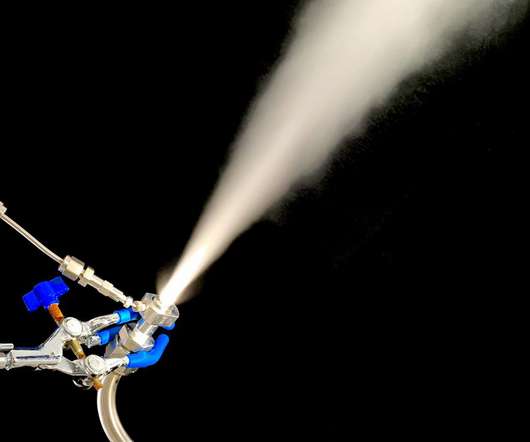Fluorescent Probes for Ozone Detection
Green Car Congress
JULY 5, 2009
Researchers at the University of Pittsburgh have developed a fluorescent molecular probe that can selectively detect ozone—in preference to other reactive oxygen species—in both atmospheric and biological samples. Ground-level ozone exposure is a growing global health problem, especially in urban areas. Garner, Claudette M.





























Let's personalize your content